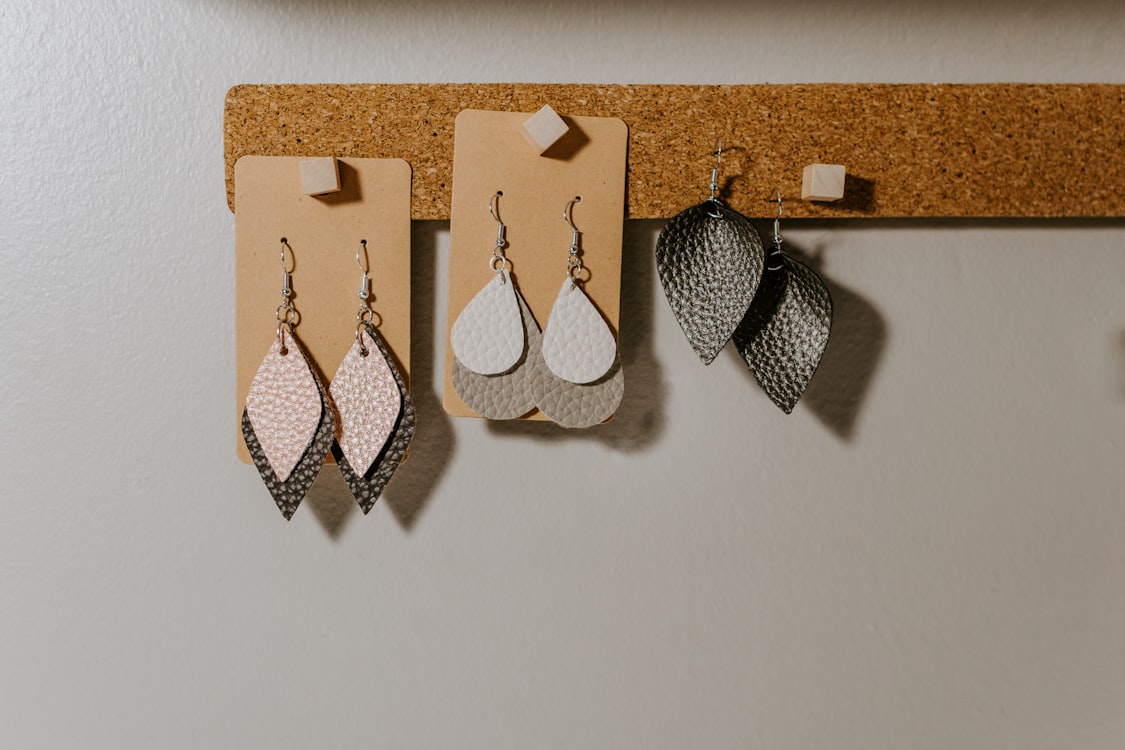Table of Contents
- Etsy’s Potential for Craft Businesses
- Getting Started on Etsy
- Optimizing Your Etsy Listings
- Marketing Strategies for Etsy Success
- Scaling Your Etsy Business
- Wrap-up
- FAQ
Etsy’s Potential for Craft Businesses
Over 96 million active buyers browsed Etsy in 2022, seeking unique, handmade items. This staggering number highlights why Etsy could be a game-changer for your craft business. As a platform dedicated to artisans and vintage sellers, Etsy offers a pre-built audience eager to discover and purchase one-of-a-kind products.
Etsy’s marketplace structure allows crafters to reach customers globally without the need for a standalone e-commerce website. This accessibility can significantly reduce the barriers to entry for small businesses and hobbyists looking to monetize their craft skills.
The platform’s focus on handmade and unique items aligns perfectly with the values of many craft businesses, creating a natural fit for artisans looking to expand their reach.
Let’s look at some key statistics that demonstrate Etsy’s potential:
| Metric | Value |
|---|---|
| Active Buyers (2022) | 96 million |
| Active Sellers (2022) | 7.5 million |
| Gross Merchandise Sales (2022) | $13.3 billion |
These numbers showcase the vast opportunity available on the platform. However, success on Etsy requires more than just listing your products. It demands a strategic approach to stand out in a crowded marketplace.
Getting Started on Etsy
Setting up an Etsy shop is relatively straightforward, but there are several key steps to ensure you start on the right foot:
- Choose a memorable shop name that reflects your brand
- Set up your shop policies clearly
- Create high-quality product listings with detailed descriptions
- Price your items competitively while ensuring profitability
- Set up secure payment methods
One crucial aspect often overlooked by new sellers is the importance of branding. Your Etsy shop should have a cohesive look and feel that represents your craft business’s unique identity. This includes using consistent imagery, color schemes, and messaging across your listings and shop profile.
This video provides valuable insights for new Etsy sellers, highlighting key strategies to boost visibility and sales on the platform. It’s worth noting that while Etsy offers a great starting point, many successful sellers eventually expand to multiple sales channels to maximize their reach and revenue.
Optimizing Your Etsy Listings
Creating compelling product listings is crucial for success on Etsy. Here are some tips to optimize your listings:
- Use high-quality, well-lit photos that showcase your products
- Write detailed, keyword-rich descriptions
- Utilize all available tags to improve searchability
- Offer variations (sizes, colors) when applicable
- Regularly update and refresh your listings
Etsy’s search algorithm favors listings with clear, descriptive titles and tags that match what buyers are searching for. Spend time researching popular keywords in your niche and incorporate them naturally into your listings.
Another often overlooked aspect of optimization is pricing strategy. While it’s tempting to price low to attract buyers, this can actually hurt your visibility in search results. Etsy’s algorithm takes into account factors like profit margin when ranking listings, so ensure your prices reflect the true value of your handmade items.
Marketing Strategies for Etsy Success
While Etsy provides a built-in audience, proactive marketing can significantly boost your shop’s visibility and sales. Consider these strategies:
- Utilize social media platforms to showcase your products
- Engage with the Etsy community through teams and forums
- Offer promotions and sales to attract new customers
- Encourage customer reviews and feature them prominently
- Collaborate with other Etsy sellers for cross-promotion
Email marketing can also be a powerful tool for Etsy sellers. While Etsy doesn’t allow you to directly collect customer email addresses, you can include marketing materials in your shipments to encourage repeat business and direct sales through other channels.
| Marketing Channel | Potential Impact | Effort Required |
|---|---|---|
| Social Media | High | Medium |
| Etsy Ads | Medium | Low |
| Email Marketing | High | High |
As your business grows, managing marketing efforts across multiple channels can become challenging. This is where tools like Tom IT Marketplace Connect can be invaluable, helping to streamline your operations and keep your inventory synced across platforms.
Scaling Your Etsy Business
As your Etsy shop gains traction, you’ll likely face new challenges in managing increased order volume and customer service demands. Here are some strategies for scaling your craft business on Etsy:
- Streamline your production process to handle more orders
- Consider hiring help or outsourcing certain tasks
- Implement inventory management systems to avoid stockouts
- Expand your product line strategically
- Explore wholesale opportunities to increase bulk sales
One key aspect of scaling is maintaining the quality and uniqueness that initially attracted customers to your products. As you grow, resist the temptation to cut corners or compromise on materials to increase profits.
Expanding to additional sales channels can also be a smart move for growing craft businesses. While Etsy provides an excellent starting point, diversifying your sales platforms can help mitigate risk and reach new customer segments.
| Scaling Challenge | Potential Solution |
|---|---|
| Increased Order Volume | Automation Tools |
| Inventory Management | Multi-Channel Software |
| Customer Service Demands | Hire Virtual Assistant |
For sellers looking to expand beyond Etsy, Tom IT Marketplace Connect offers a solution for managing multiple sales channels efficiently. This tool allows you to sync orders and inventory across platforms like Shopify, Amazon, and Etsy, streamlining your operations as you scale.
While this video explores alternatives to Etsy, it’s important to remember that diversification doesn’t mean abandoning Etsy entirely. Instead, consider how you can leverage multiple platforms to create a robust, multi-channel selling strategy.
Wrap-up
Selling on Etsy can indeed transform your craft business, providing access to a global marketplace of buyers seeking unique, handmade items. By optimizing your listings, implementing effective marketing strategies, and planning for scalability, you can turn your passion for crafting into a thriving business.
Remember, success on Etsy requires ongoing effort and adaptation. Stay informed about platform changes, continuously improve your products and listings, and always prioritize customer satisfaction. With persistence and the right strategies, your Etsy shop can become a significant source of income and fulfillment.
As your business grows, consider tools like Tom IT Marketplace Connect (https://apps.shopify.com/marketplace-order-connector) to help manage your expanding operations across multiple sales channels efficiently.
FAQ
How much does it cost to start selling on Etsy?
It’s free to open an Etsy shop. However, there are fees for listing items, transactions, and payment processing. Each listing costs $0.20 and is valid for four months or until the item sells.
Can I sell both handmade and vintage items on Etsy?
Yes, Etsy allows the sale of handmade goods, vintage items (at least 20 years old), and craft supplies.
How long does it typically take to make a sale on Etsy?
This varies widely depending on factors like your products, pricing, and marketing efforts. Some sellers make their first sale within days, while others may take weeks or months.
Is it possible to make a full-time income selling on Etsy?
Yes, many sellers have turned their Etsy shops into full-time businesses. However, this typically requires significant time, effort, and strategic planning.
How can I protect my designs from being copied on Etsy?
While it’s challenging to completely prevent copying, you can use watermarks on images, register copyrights for unique designs, and report any infringements to Etsy’s legal team.





